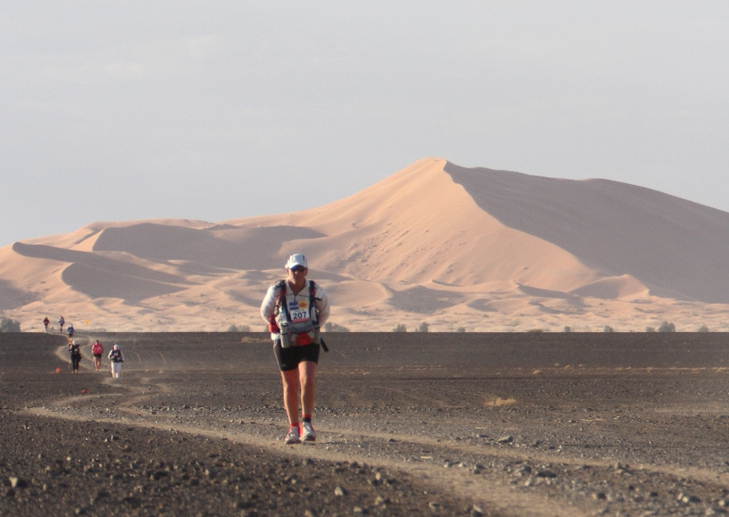Born in Greece but residing within the UK, NHS doctor Georgios-Ioannis Tsianos has a passion for truly testing the limits of human resolve.
His first challenge was swimming the English channel in 2000. He clocked an impressive time of 9hrs 20mins which turned out to be the year’s fastest, earning him the English Channel Swimming Association’s Rolex Award.
This he called water.
In 2004, Georgios climbed to the 8848m summit of Mount Everest, collaborating with the Olympics and taking the flag to the highest point on Earth. Not only did he climb the colossal mountain, but he did so on the north side, a far more dangerous and difficult route.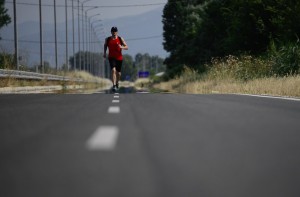
This he dubbed ice.
Taking a break from his project, Georgios fulfilled a lifetime dream of swimming non-stop from mainland Greece to the island of Crete, that’s 101K! He became the first ever person to do this and did so in just over 28 hours.
Returning to his project, this year, Georgios aims to complete the cycle with the Marathon de Sables. This is known as fire.
Georgios will be the first ever person to complete Ice Water Fire and become a world record holder.
For those not aware of the Marathon des Sables, it is widely known as one of the world’s most intense and gruelling races.
Taking place in Morocco each year, the race covers 250K, spanning over six days in a Tour de France type format. You must carry all your gear from start to finish and in the Sahara, temperatures will be up over 50C – this marathon has seen people die.
So why’s he doing it?
Georgios said that a big inspiration for him was mountaineer, George Mallory. Who, when asked why he wanted 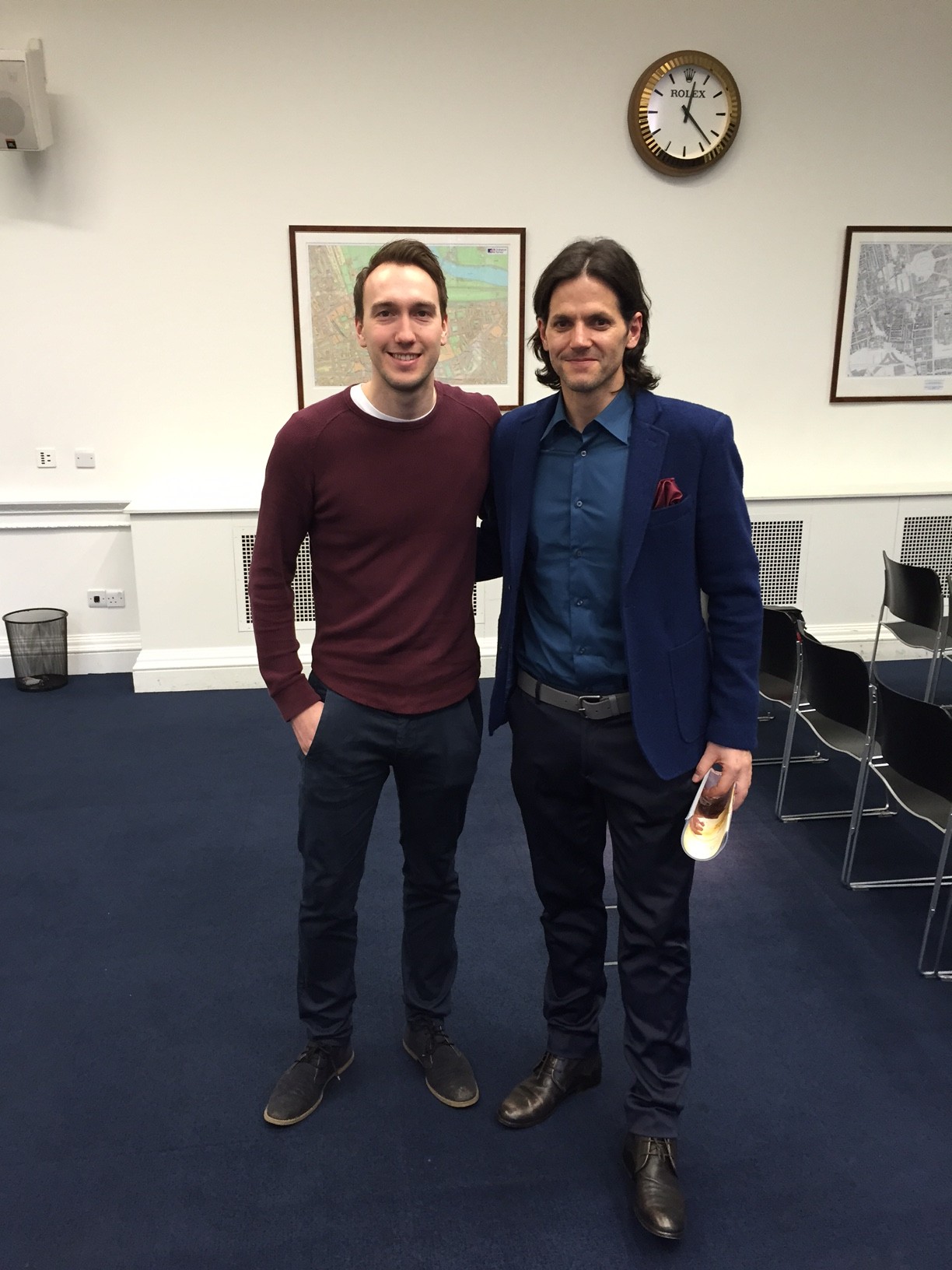 to climb Mt. Everest, replied: “Because it’s there.”
to climb Mt. Everest, replied: “Because it’s there.”
It’s the challenge, it’s the testing of how far he can push himself. When asked about all three events, said the MdS made him the most nervous: “The reason being is because I am a swimmer, not a natural runner.
“I thought I could run until the first few weeks into my training, it requires technique, it requires proper form and I didn’t have those things.
“So I had to teach myself how to run, as bizarre as that sounds.”
In terms of training, Georgios has been doing so since January 2012. A few months ago he had been simulating the distance, he said: “The rough breakdown of the race is: marathon, marathon, marathon, double marathon and marathon.
“So in training I have been simulating those days but at 80% of the distance.”
It may be the flat terrain of Lincolnshire, but Georgios stressed that doing the distance in his mind was psychologically important.
He added: “For specific weekends I have been training and spending time in heat chambers.
“During the week I have converted one of my small rooms in my house to a Sahara training room.
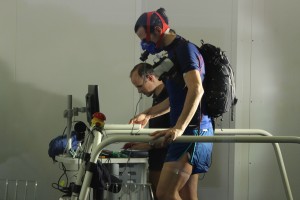 “I have a treadmill in there with heaters and have the temperature at about 40 plus.”
“I have a treadmill in there with heaters and have the temperature at about 40 plus.”
However, just training for the heat won’t be enough, Georgios will at some point suffer from some form of heat stroke, on dealing with it, he said: “I don’t know.”
He did go on to say that being a physiologist and working within medicine will give him an advantage when it comes to injury prevention and dealing with heat stress.
“I do know the signs and symptoms of heat stress,” he said, “I will be wearing the right gear, wristbands for example, that will monitor my heart rate. Based on this I can make wise decisions on whether I should be running faster or slower.”
In terms of staying hydrated, the Marathon des Sables allows, at checkpoints, for either 1.5 or 3 litres during the ‘non-stop’ stage as well as an additional 4.5 litres on arrival at the bivouac each night. This must be totally managed by you, as you are not allowed any more.
“I will be spreading out my water intake and not just drinking when I am thirsty, because the moment we feel thirsty, is the moment we are dehydrated,” he said.
He added: “For every kilometre that I run, I will be noting down exactly how many millimetres of what I’m using.”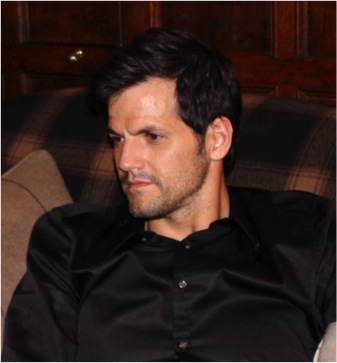
This way Georgios will know exactly how much he’s used and how he can best spread it out.
The food he will bring will be largely freeze-dried food. Not only do they weigh a lot less, but are very easy to make by just adding water.
“It’s not always the tastiest food, but it’s the calories that you need to replenish what you’ve lost,” he said.
As well as this, Georgios will be using gels throughout the race and will eat biltong.
Getting through the race will be tough enough, but Georgios has set himself another target to aim for:
“My first goal is to finish the race, my second goal is to place as high as possible.
“It would be fantastic if I could finish in the top 20%.”
We wish him good luck!

